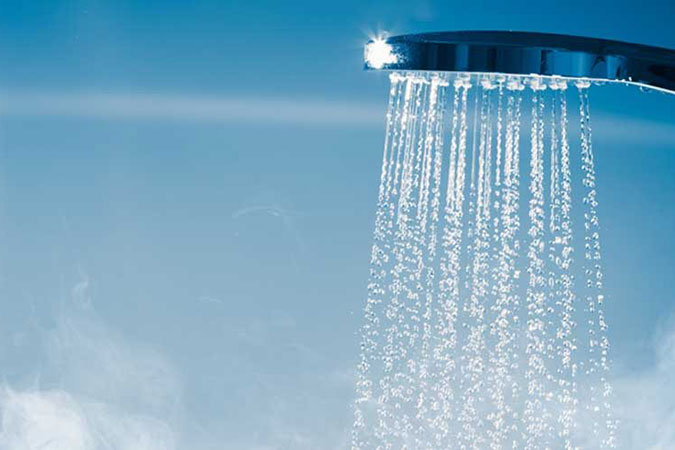
From your morning shower to washing clothes and dishes, a functioning hot water system is crucial. Despite this, the humble hot water system is frequently overlooked. Yet this complacency could put your family at risk as water heaters commonly have bacteria growing in them.
However, did you know this bacteria was developed as a genetically-modified bioweapon? Did you know bacteria grows in hot water cylinders? Don’t worry, though. This blog outlines everything you need to know about bacteria growing in hot water systems.
Legionella is the most common bacteria found in domestic hot water systems. It’s typically found in soil or water. Living inside microbes, these bacteria can be inhaled through contaminated water droplets in the air. Legionella bacteria can also grow and thrive in hot water storage systems.
When inhaled, it infects your lung tissue, leading to either Legionnaires disease or the less-severe Pontiac fever. Although Pontiac fever only causes a mild, flu-like illness, Legionnaires disease can prove fatal.
This is best left to the professionals. When testing for Legionella, biologists collect samples in your plumbing system to assess the bacteria level. There are various testing methods used. Each has pros and cons.
Before even reaching your taps, your water is treated by your water provider. This is done in the interest of public health and safety. Despite this, there are various ways you’ll find bacteria in your water supply:
We’ll explain how bacteria may grow inside your water heater, how you can reduce the risk and ultimately remove it.
Before treatment, legionella and assorted bacteria are found in typical water supplies. Traces may remain afterwards; however, most are eliminated during the treatment process.
Water suppliers utilise a range of disinfectants to kill the bacteria present in water. While chlorine is the most common, various others are used:
The transportation process also carries the risk of growing bacteria. However, the likelihood depends on factors such as residual disinfectant, temperature, and more.
We all enjoy a warm shower. What you may not know, however, is warm water is the perfect environment for bacteria to multiply. So, the simple solution is to set the water at a lower temperature, right? Unfortunately, no, as bacteria thrive in temperatures between 20-45oC.
So, when installing your water heater, your plumber should set the thermostat to 60oC. This will minimise the likelihood of bacteria growth in your water tank. In 60oC water, bacteria die in moments.
To work effectively, your hot water system must be set at an ideal 50oC. This temperature is maintained due to the tempering valve. Required in all Australian homes, tempering valves ensure water stays at 50oC in fixtures and sanitary plumbing. At this temperature, you can enjoy a warm shower for up to five minutes. Despite this, it’s not the right temperature to kill legionella bacteria.
That’s why we advise purchasing a Thermostatic Mixing Valve (TMV). It performs the same job as a tempering valve, with far greater accuracy.
If your plumbing is incorrectly set up, water can pool and become stagnant inside the pipes. The temperature in the pipes isn’t controlled. As such, it’s prone to bacteria. Mineral deposits can also accumulate in your water heater, fittings, and taps. This may affect water pressure and create other plumbing concerns.
However, there is a way to prevent this. By ensuring your plumbing system is flushed regularly, bacteria and build-up is removed. And, if you notice stagnant water, have a plumber repair the damage.
And, if bacteria are located in your plumbing, ensure the water heater and all associated fittings are thoroughly flushed.
As stated previously, it’s vital to set the temperature at 60oC and flush the system regularly. However, ensuring your hot water system and plumbing are regularly serviced is just as important. A servicing check will spot bacterial growth and ensure your thermostat is running correctly. An experienced plumber will also be able to detect other potential issues before they become major problems.
Would you like more information on bacteria growth in hot water systems? Or is your system due for a comprehensive service? If so, call or email the experts at Andrew J Robertson Plumbing today.

Professional local plumbers you can trust. Call us for your domestic plumbing needs and you will not be disappointed.
Andrew J. Robertson Plumbing
Fill in this short form (takes 61 seconds) and we’ll contact you shortly.